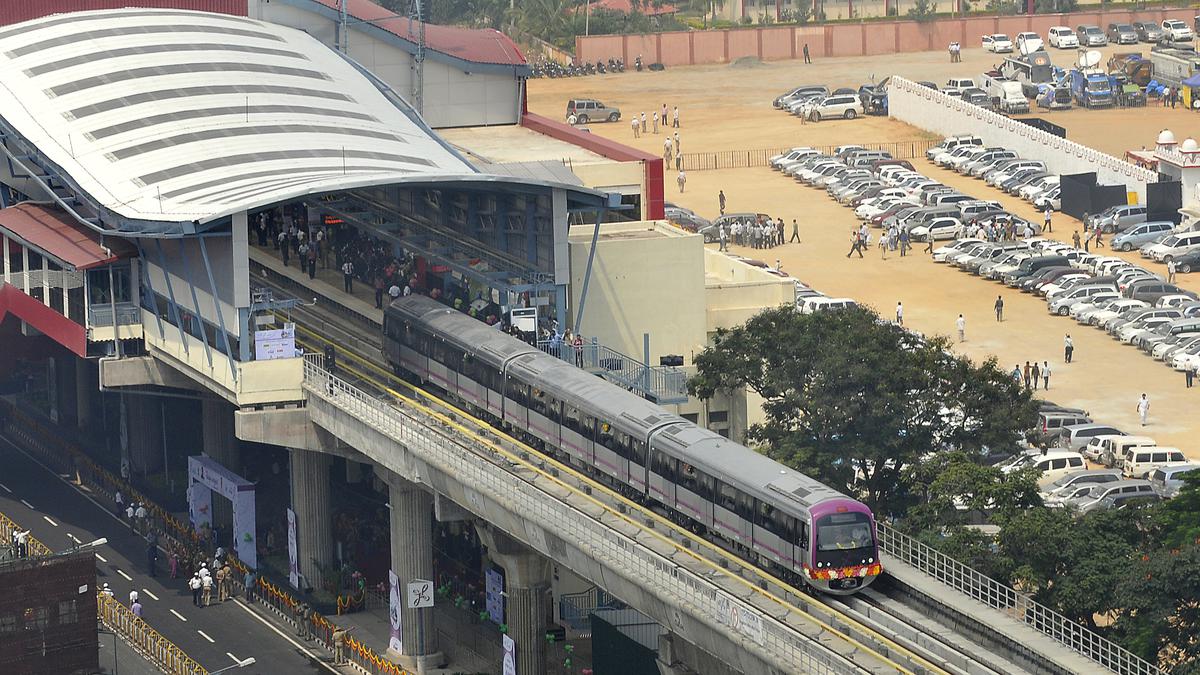
Bengaluru’s Namma Metro: A leap in connectivity, but challenges remain Premium
The Hindu
The Namma Metro project envisioned almost two decades before its launch, marked a significant leap in Bengaluru’s transport infrastructure. It was on October 20, 2011, that the first stretch (Reach 1 between Baiyappanahalli and M.G. Road) was opened. Today, it’s India’s second-longest operational network, covering 73.81 km, after the Delhi Metro. It’s also South India’s first underground metro network.
:
Namratha Upadhya started her career as a business analyst at a private IT firm near Trinity Circle in 2011. Presently, she is Assistant Vice President-Risk and Compliance with the same company. Throughout her 12-year career, she has consistently travelled from Baiyappanahalli to Trinity Circle office on the Namma Metro. Her career milestone, she says, coincides with the 12th anniversary of the metro’s launch in the city, and she has an emotional connection with the rail network.
“I have been using it for the past 12 years. It is a lifeline for thousands of commuters like me. Seeing the entire Purple Line open is fulfilling. Though there have been multiple delays, seamless east-west connectivity is a significant achievement for the metro authority and Bengalureans,” she said.
The average daily passenger ridership of the Yellow Line when it started in 2011 was 25,401. It’s now 6,01,432. The opening of the entire stretch has resulted in not only an increased number of passengers but also a reduction in traffic volume along the metro stretches, especially by 12% to 14% on Old Madras Road.
The Namma Metro project envisioned almost two decades before its launch, marked a significant leap in Bengaluru’s transport infrastructure. It was on October 20, 2011, that the first stretch (Reach 1 between Baiyappanahalli and M.G. Road) was opened.
On the 12th anniversary of Namma Metro last month, Prime Minister Narendra Modi inaugurated the entire 43.49 km stretch of the Purple Line from Challaghatta in the west to Whitefield in the east. Today, it’s India’s second-longest operational network, covering 73.81 km, after the Delhi Metro. It’s also South India’s first underground metro network.
A BMRCL official told The Hindu, “When the metro work began, many people protested against tree cutting. However, they are now among the metro commuters. As the city expands, we require vital infrastructure like the metro for seamless connectivity, benefiting all commuters.”













